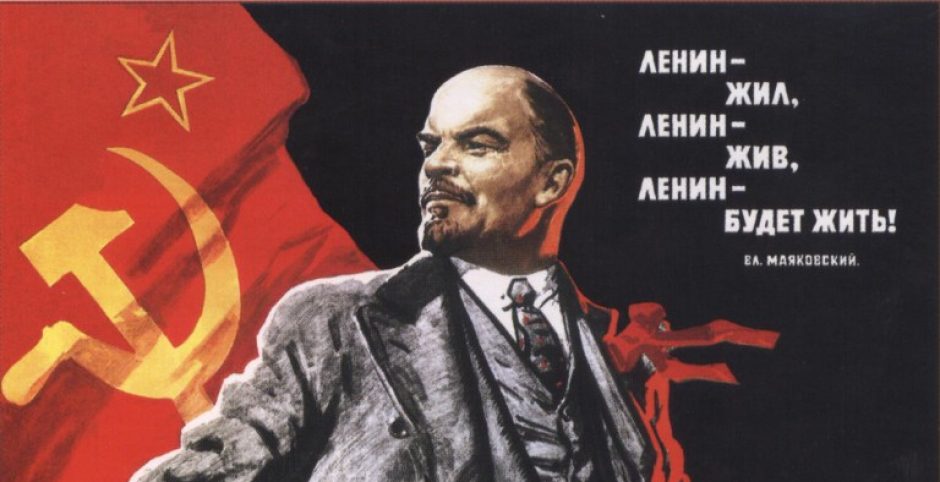Rock music in America was associated with escapism and rebellion. It shared many of these associations in the Soviet underground musical sphere, where Western rock filled a void left by the state-sanctioned bands and allowed for the envisioning of what Yurchak calls the “Imaginary West”. Despite the ideological controls the state exercised over what was considered acceptable Western songs, Yurchak notes that “young Soviet audiences ignored this information. What mattered was the song’s dancing rhythm, non-Soviet sound, and American English.” (189). The songs presented an alternative vision to the pedestrian and melodious bands, and “allowed Soviet fans to imagine worlds that did not have to be linked to any “real” place or circumstances, neither Soviet nor Western.” (189). Western forms (which were characterized by a “a break with realism and the predictable, circular, and immutable aesthetic of light “melodious” music….[a] break that made Western rock seem so perfectly appropriate for the work of constructing vibrant imaginary worlds.” (236)) and genres, filtered through the lens of “cultural translation” (189), provided opportunities for fantasy and the generation of an “imaginary “elsewhere” that was not necessarily about any real place” (159). Rock was just another form of zagranitsa.
But at the same time, as Yurchak recounts in his detailed description of the Komsomol secretary Alexey, Soviet youth would later conflate “performative ritualized forms of authoritative discourse” (221) with a deep love for black market music. Patriotism and devotion to communism was not subsumed by ‘bourgeois’ music, rather, Western music helped Alexey and others examine their own communist ideals in relation to the avant-garde sounds of rock and punk. The systems which criticized and denounced the bourgeois sensibilities of Western music and the systems that distributed and listened to Pink Floyd were not incompatible; Yurchak notes that for many Soviet teens “formulaic structures of authoritative discourse and engaging in critical reflection on the meaning of communist ideas were two distinct activities that were not in contradiction because the former enabled the latter. A moral and thinking person had to be able to do both.” (226). As equally progressive, status-challenging genres “Communist values and…Western art rock were aesthetically and even “psycho-aesthetically” connected to the same future of humanity.” (233). Interestingly enough, this philosophy seems to resolve the “fatal split” that characterized Soviet novels, and helps bridge the gap between the proletarian and abstract art. The dialogue between the “total liberation of culture [and] the means of achieving it through subjecting culture to total control by the party” (165) was reconciled by painting each side as future-oriented and progressive. Critical examination of Marxist-Leninist thought and critical listenings of rock, Western or Soviet, fused the futurist and progressive strands of the respective traditions into a compatible whole.
